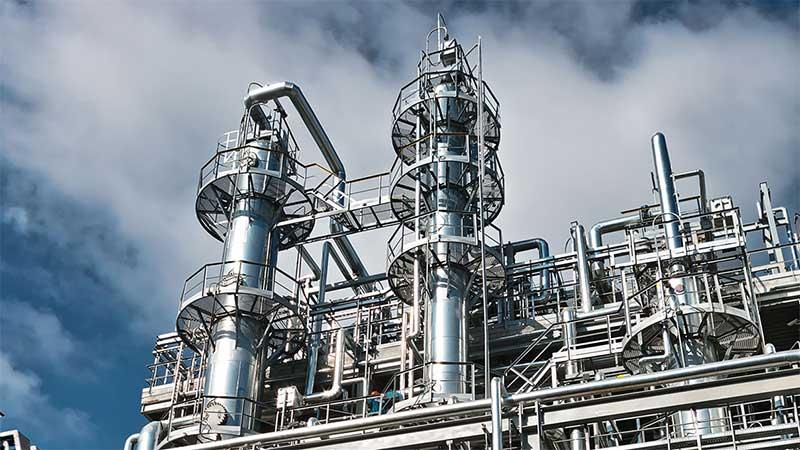Extraction control in caprolactam production process
Caprolactam, C6H11NO, is the raw material for Nylon-6 plastics and fiber engineering.
Caprolactam is a chemical compound consisting of carbon, nitrogen, oxygen and hydrogen. It is made by using either cyclohexane or phenol.
Conventionally, caprolactam is produced by oxidizing cyclohexane, or from phenol or toluene.
Hydroxylamine sulfate is manufactured by the oxidation of ammonia to nitrous oxide. This is followed by hydrogenation in the presence of sulfuric acid. Then, the hydroxylamine sulfate is reacted with the cyclohexanone to produce cyclohexanone oxime. This is followed by a Beckmann rearrangement, using oleum to yield caprolactam.
Vaisala Polaris™ Process Refractometer is used to measure the concentration of aqueous caprolactam solution after the initial extraction to control and maintain high extraction efficiency.
The refractometer is also used for evaporation process control. It provides a signal to a controller to regulate the concentration value by varying the inlet flow through the evaporators.
Learn the details of the caprolactam production process from the application note.
Download the application note by filling the form.
Go back to all Chemicals & Allied Products applications
You can modify your preference settings or unsubscribe at any time here
